Banking, finance, and taxes
This Is What Would Happen If the U.S. Just Refused to Pay the National Debt
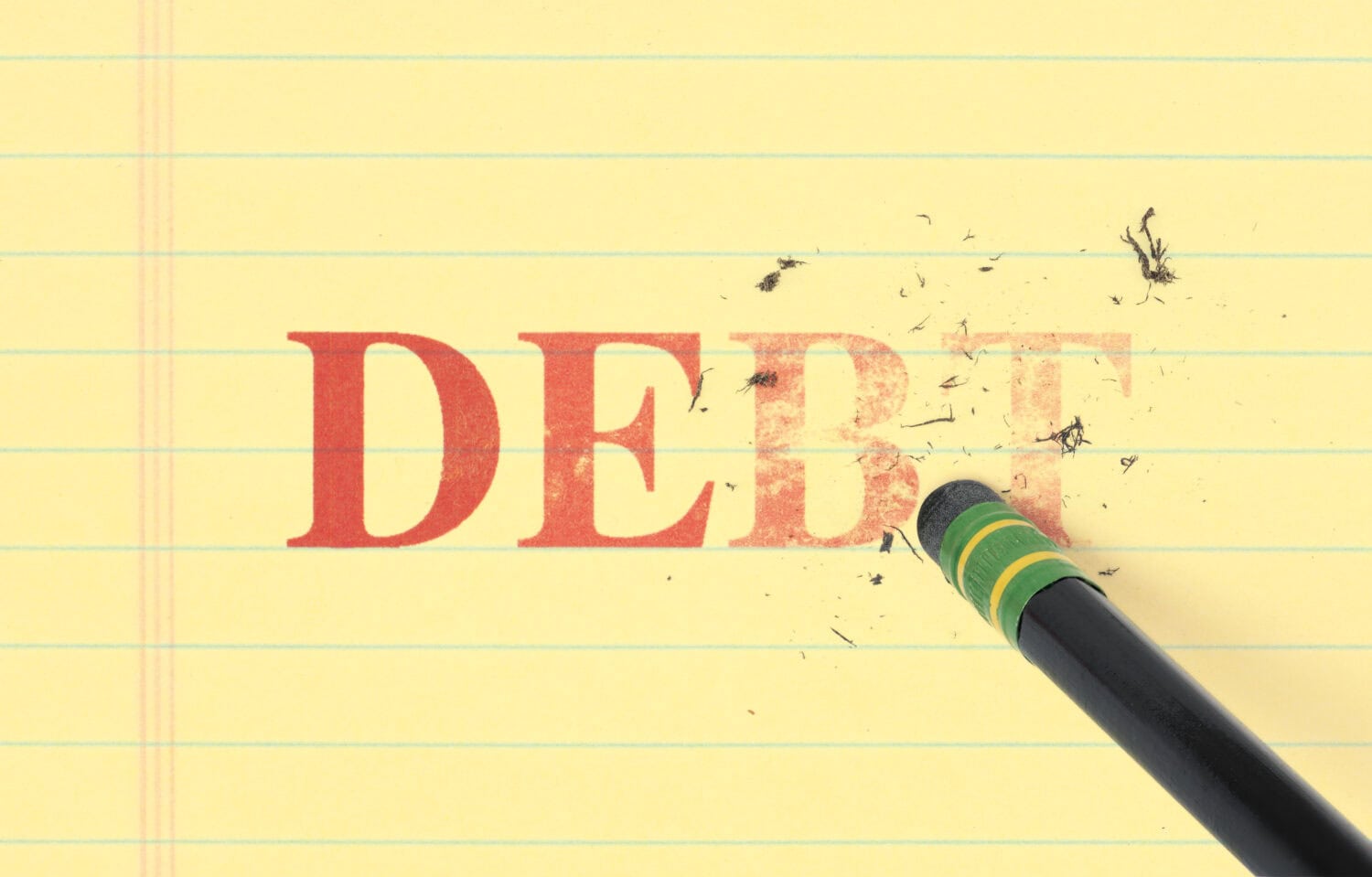
Published:

The United States has the biggest debt in its history, an eye-watering $36 trillion. Much of that is owed to foreign countries, so understandably, some people wonder, what would happen if we just refused to pay it? We have the strongest military in the world. How are they going to collect on that debt if we just say “no?” This article will explore that path, and then you decide if we should keep on making those debt payments or tell the rest of the world to take a hike.
24/7 Wall St. Insights
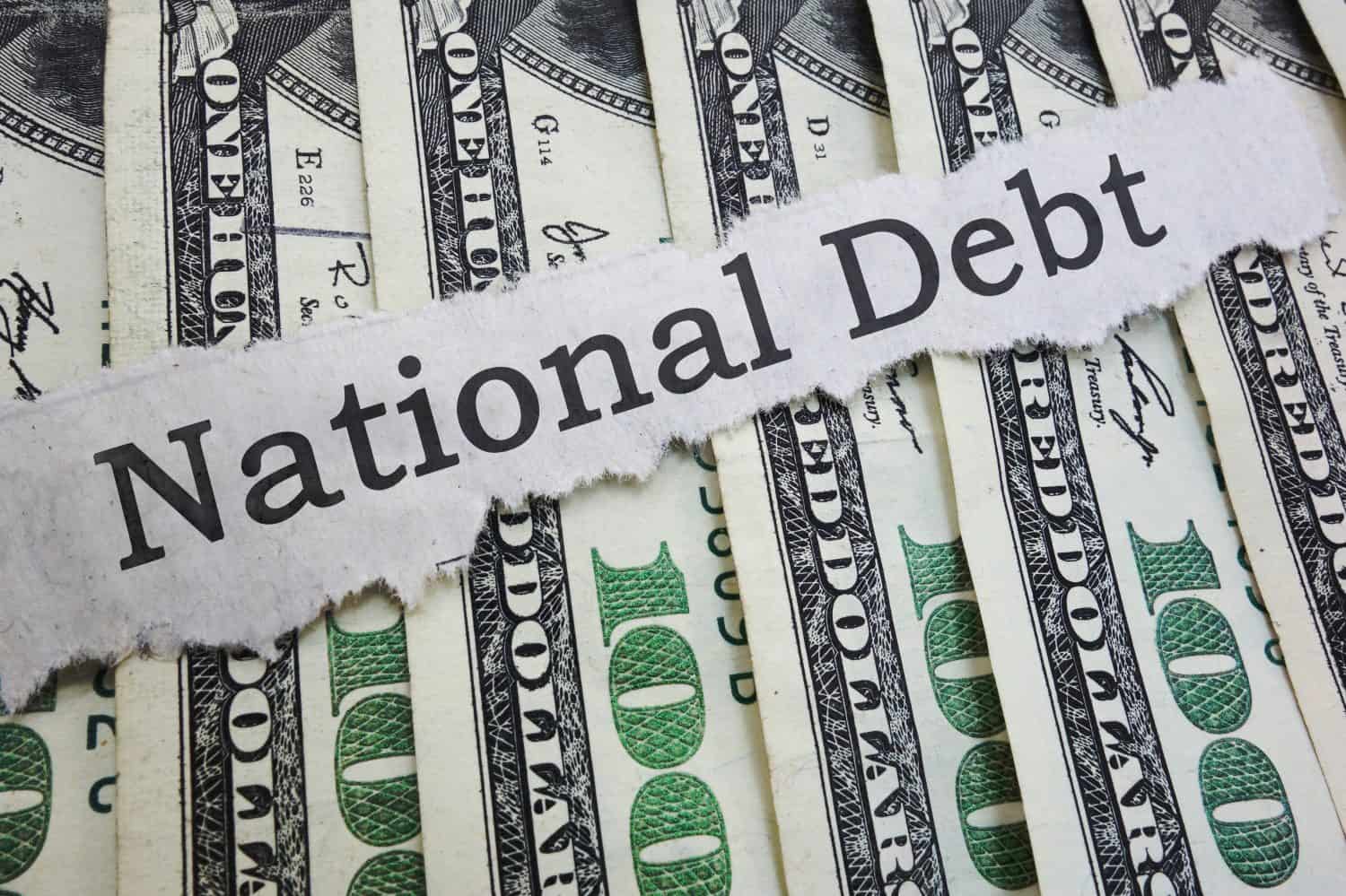
The U.S. national debt now stands at nearly $36 trillion dollars. If we divided it up between every American citizen, that would be $106,637 per person. That means if you have a family of 5, you’d have to figure out how to come up with over a half-million dollars! In fiscal 2024, the U.S. added another $1.8 trillion to the national debt, even though revenues increased by 11% during that time.
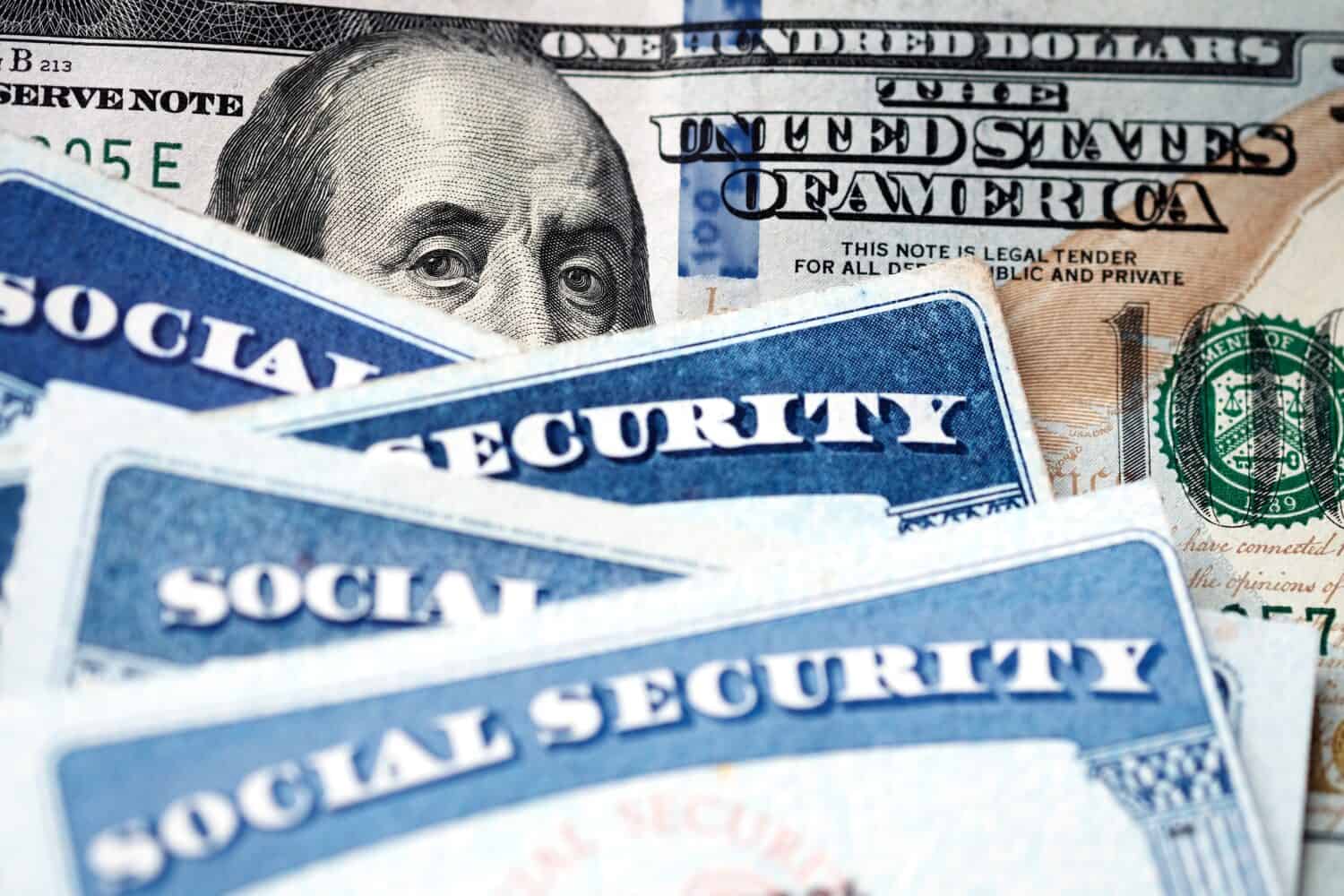
The country spends much more than it takes in. These are the 10 main categories the federal government spends on and what percentage of the budget they eat up:

Constitutionally, Congress controls the budget. The President sends spending requests to Congress. The Senate and House of Representatives each come up with proposed budgets that then have to be reconciled and sent to the President. The President can veto the budget, but if there are enough votes in Congress, they can override the veto. The government often works right up to the wire of legal deadlines to keep the government running, so there is a lot of pressure on elected officials to agree on the best budget they can to keep the country running. And when the vote is close, a few otherwise inconsequential Congress members can hold the budget hostage until extra spending is added to it for their districts.

Just like in a household budget, the obvious thing to do is to stop spending more than you make. With the Federal budget it’s not so easy. The areas where spending cuts could make the biggest difference are in retirement and healthcare programs and national defense. However, these areas employ millions of people directly or indirectly through contractors. They have the support of powerful and well-funded political action committees who have a lot of influence on politicians. So instead, budget-cutting discussions tend to focus more on programs for people in poverty, students, and other areas that are actually a quite small part of the budget, but not as well-supported by people with money and political influence.
![us+army+reserve | 2013 US Army Reserve Best Warrior Competiton: 10km Ruck March [Image 10 of 30]](https://a673b.bigscoots-temp.com/wp-content/uploads/2024/07/imageForEntry7-WO2.jpg)
Even if the government got itself together to make serious budget cuts, that doesn’t stop them from undoing all that work by overspending again in the future. There is no way to keep the government permanently on a fiscally responsible path. Generation after generation of elected officials have to maintain this fiscal discipline in order to eliminate the deficit. And despite our best intentions, we could still find ourselves involved in a war, a pandemic, or a serious economic downturn that required additional spending. Sometimes more pressing needs actually are more important than balancing the budget. But everybody has different ideas of what would fit into that category, and how to get the budget back on track afterwards.
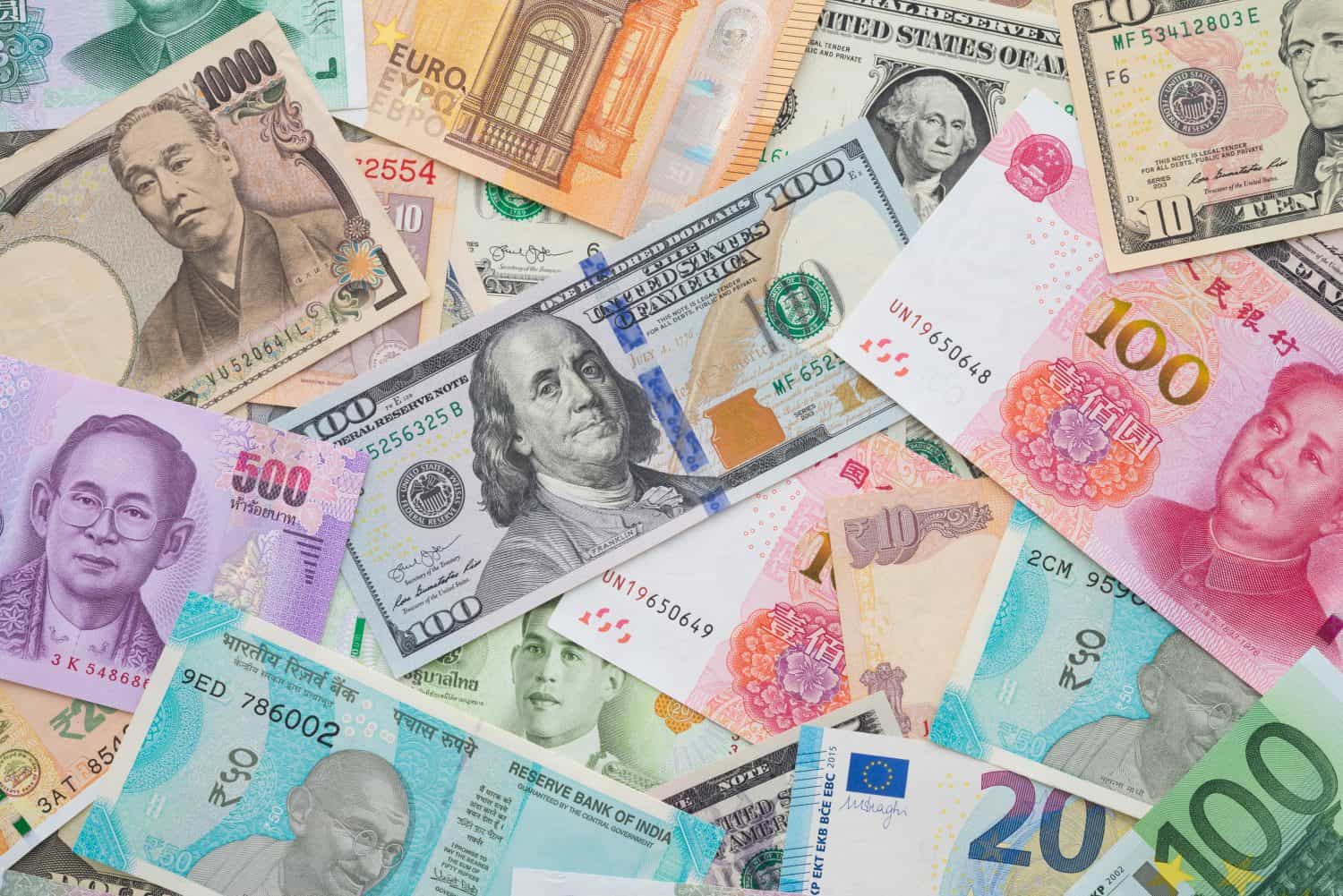
The U.S. government sells treasury securities, much like U.S. savings bonds, with a promise to repay them with interest. Because the United States is an economically strong country with a good record of always paying its debts, we have excellent credit. Much of the debt is held by foreign countries with large economies, such as Japan, China, the UK, the Netherlands, Canada, and Mexico. Corporations, banks, non-profit organizations, investment funds, and retirement funds also invest heavily in treasury securities. And one of largest buyers is the U.S. Social Security program itself. The money workers and their employers pay into the program is invested in this safe and stable investment so that it can earn interest. Nearly $3 trillion of the national debt is owed to the Social Security program.
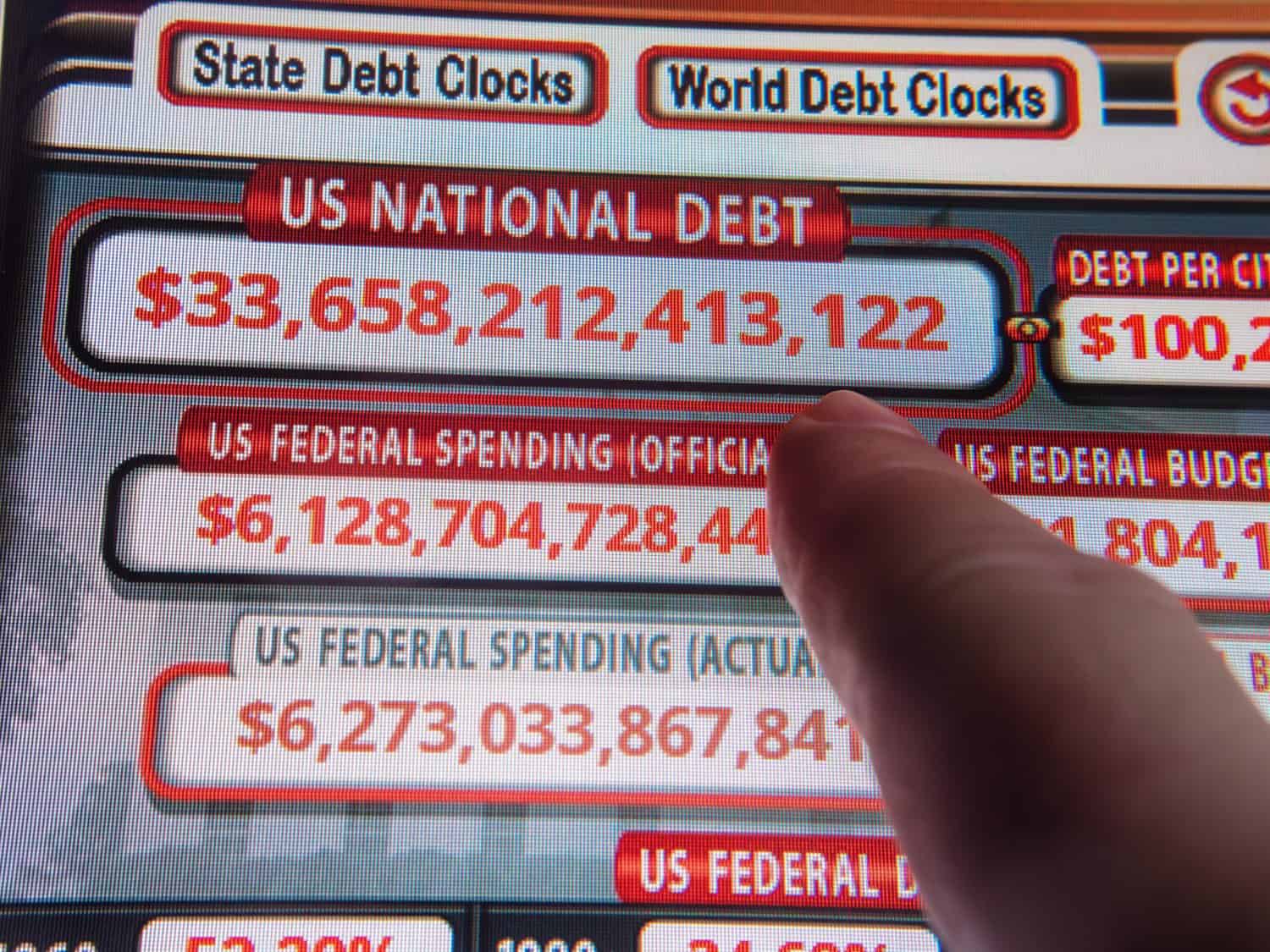
Let’s look first at what will happen if we don’t control the national debt? What happens if we continue on the same path we’re on? A lot will depend on how fast the debt is growing in relation to the economy as a whole. The U.S. GDP is about $29.35 trillion. The national debt is about 120% of our GDP. Even so, many other countries have a much higher debt-to-GDP ratio and still have vigorously growing economies and high standards of living. The ration for the UK, for example, is nearly twice that of the U.S. But if our debt started growing much faster than the GDP, here are four very unpleasant things that could happen:
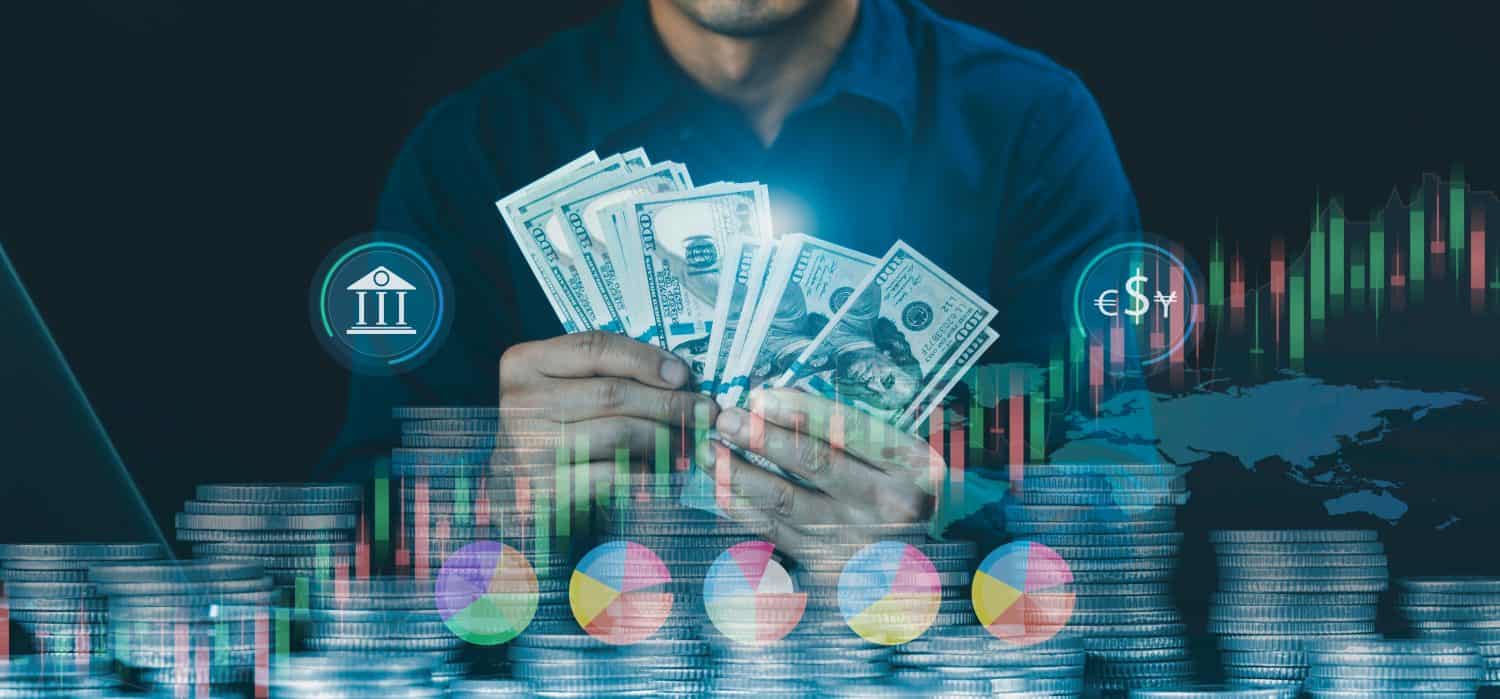
Debtor countries have to at least make the interest payments on the debts they’ve taken out. As the debt grows, a larger part of the national budget will go to making those interest payments. They’re already more than we spend on Medicare and almost as much as we spend on national defense. That money has to come from somewhere. So the government might have no choice but to make severe spending cuts, including cuts in popular programs that people depend on. Less government spending means many employees, including some service members and contractors, would be laid off.

Not only would our interest payments be higher, but the rates we pay for borrowing could start to increase, especially if financial experts began to worry that the U.S. would not be able to cover all its obligations. The country would have to offer higher interest rates to lure jittery investors. This would have a ripple effect, raising interest rates for business loans, home loans, credit cards, and student loans. All of this would slow down economic growth, making the debt problem even worse.

Governments that cannot pay their bills have an advantage you and I don’t: they can just print more money. If they do, though, this can weaken the value of the currency, which in turn makes imported goods cost more and can cause inflation.

If the ability of the U.S. to repay its debts seemed in jeopardy, investors overseas and at home would purse less-risky investments in the private sector and abroad. Money would start to flow to other countries with a lower debt load and good credit rating.

Let’s imagine now the debt situation has gotten so unbearable that a populist leader comes to power and gets the government to agree to default on the national debt. Not just to skip a payment. But to erase the debt altogether. What if, for example the government decided to create more dollars, multiplying the money supply by a factor of 15 or so and repaying every debtor all at once. Voila! No more debt! Well, not so fast. As you’ll see, the cure is worse than the problem we’re trying to solve.
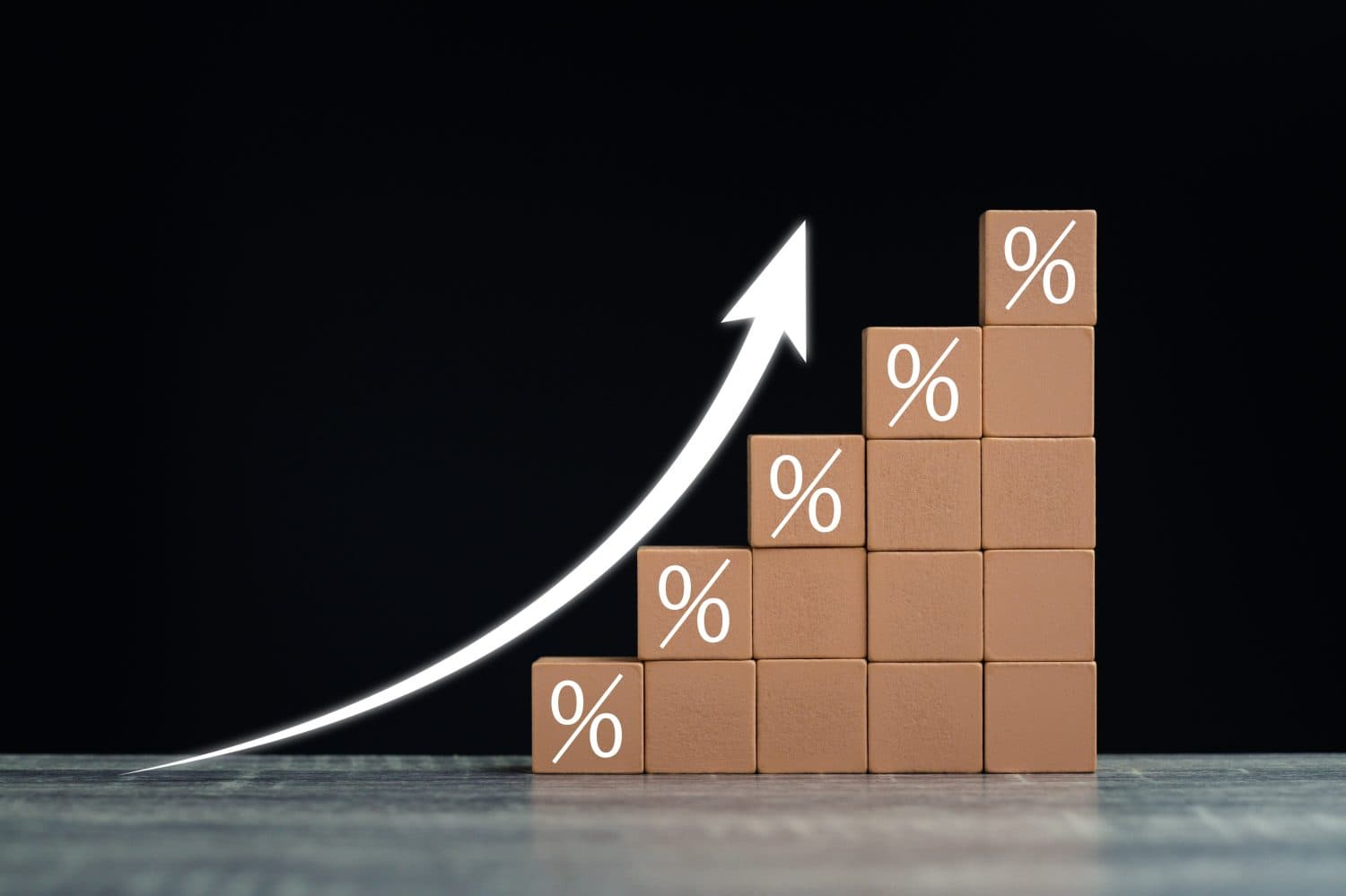
If other countries were willing to take the risk of loaning to the U.S. at all after a complete default, it would only be at much higher interest rates to compensate them for the risk, when they could loan to other countries instead. This would trigger banks to charge higher interest as well, making it harder for businesses and consumers to borrow money and slowing down economic activity in the country.

In these conditions, it would be likely the economy would go into a recession or a full-blown depression. Prices would be prohibitively high, salaries too low, and masses of people would be unemployed as business slowed down in sector after sector of the economy.

If the United States tried to pay its debts or cover its current deficits by printing more money, this would result in hyperinflation. The currency would be worth less and less. Other countries would have less confidence in the dollar and it would lose its status as the reserve currency for governments and financial institutions around the world. If conditions became bad enough in the United States, transactions might start to happen on more of a barter basis or with precious metals or using other countries’ currencies, like the Canadian dollar or the Euro.

These economic ill effects would not be limited to the United States. Financial markets around the world would be thrown into turmoil. There may be a sell-off of U.S. stocks that would erase value from the stock market and the retirement accounts and investment portfolios of millions of Americans.

To fix the problems with the national debt, we first have to understand what the goal is and what it is not. The goal is not to pay off the national debt completely. Doing so will take generations, and it is not essential to a healthy and growing American economy. The goal is to prevent the debt from growing to a point that it drags the economy down and becomes completely unmanageable. This requires year after year, decade after decade, that the American government keep a balanced budget except in conditions of the most dire crisis when it just isn’t possible. Balancing the budget will require progress in both cutting the budget and keeping the economy growing to outpace the national debt.

Presidents of both parties have called for Congress to give the president the power of a line-item veto. Congress would pass a budget, but before signing it into law, the president could mark out any parts of it he didn’t want and approve the rest. This would enable him to cut out the “fat” that often gets added into the budget in the deals members of Congress cut with each other to pass a budget. Opponents say this gives the president too much power and compromises the constitutional role of Congress to hold the power of the purse.

The strongest way to make sure a policy is implemented consistently across different administrations is to amend the constitution to require it. Various versions of balanced budget amendments have been proposed, but the process of getting them approved by Congress is rigorous and politically controversial. This proposal raises concerns that the government might not have the flexibility it needs, financially, to manage major economic or national security crises. It could also lead to numerous lawsuits in which the judiciary would get involved in questions of how to cut the budget, which would expand the power of the judicial branch into an area the Constitution reserves for Congress.

For those who think these kinds of reforms are the way to go, the first half of the second Trump presidency could be the best possibility for accomplishing them. With Republicans controlling both houses of Congress and the presidency and a conservative majority in the judiciary, conservatives have an opportunity to press their agenda. To pass a constitutional amendment would require a 2/3 vote of Congress or a petition by 34 states. Whether the process is initiated by Congress or the states, 38 state legislatures must approve an amendment before it is added to the Constitution. In 2024, 32 states voted for Donald Trump, suggesting these states might follow a proposal by the President to address these issues by amending the Constitution. As the party in power typically loses some of its members of Congress in the mid-term elections, however, the chances of making conservative reforms to address the deficit will be more complicated starting in 2027.
Retirement planning doesn’t have to feel overwhelming. The key is finding expert guidance—and SmartAsset’s made it easier than ever for you to connect with a vetted financial advisor.
Here’s how it works:
Why wait? Start building the retirement you’ve always dreamed of. Click here to get started today!
Thank you for reading! Have some feedback for us?
Contact the 24/7 Wall St. editorial team.